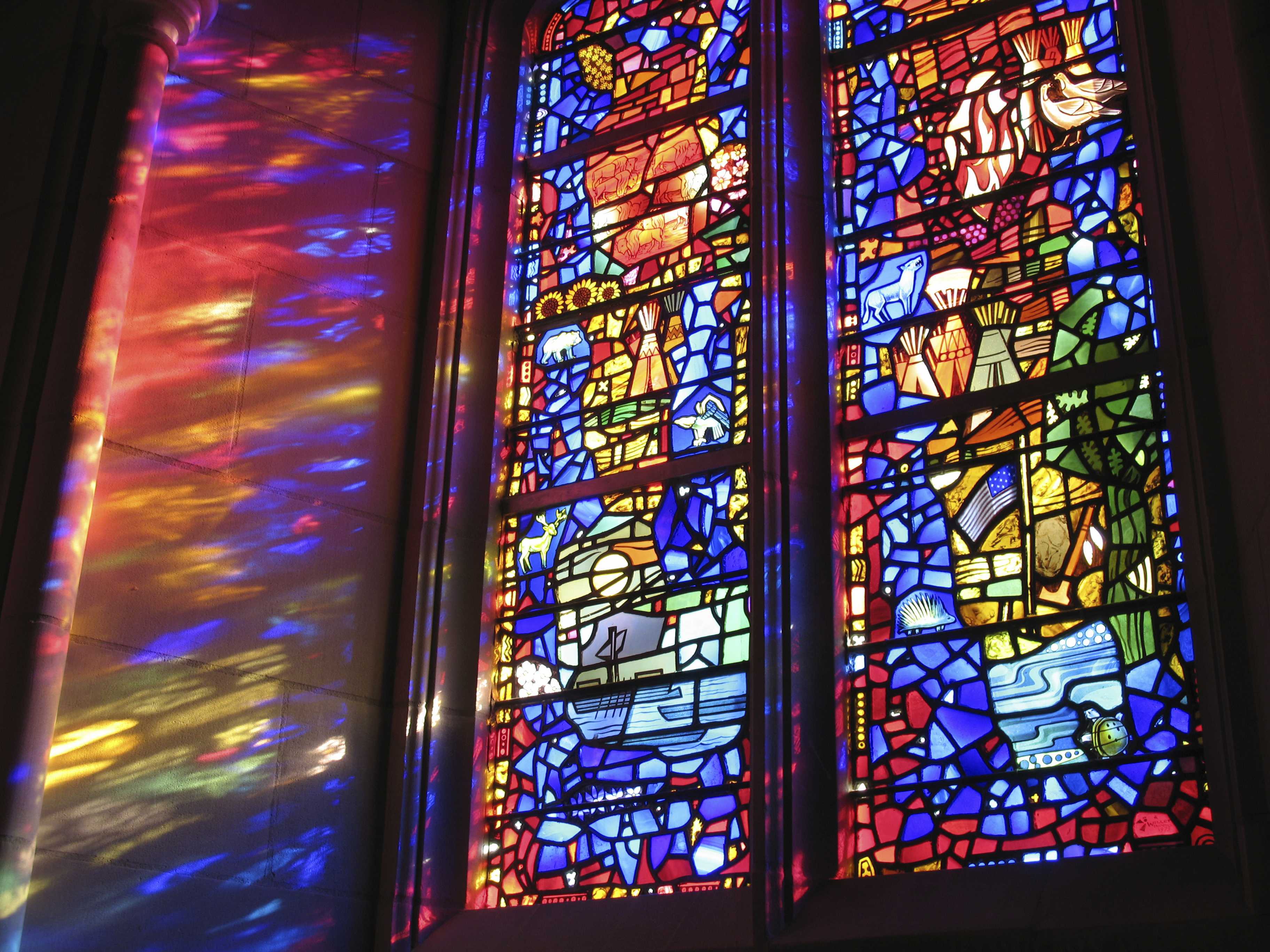| ←Indian Perspective | Overview | Perspective from Brazil→ |
|---|
By Kenneth Mtata
In the group, slowly read the following text aloud several times.
He [Jesus] is the image of the invisible God, the firstborn of all creation; for in him all things in heaven and on earth were created, things visible and invisible, whether thrones or dominions or rulers or powers—all things have been created through him and for him. He himself is before all things, and in him all things hold together. He is the head of the body, the church; he is the beginning, the firstborn from the dead, so that he might come to have first place in everything. For in him all the fullness of God was pleased to dwell, and through him God was pleased to reconcile to himself all things, whether on earth or in heaven, by making peace through the blood of his cross.
Respond to these questions:
- What is the text saying (what did you hear in the text)?
- What does this text say about God?
- What does the text say about creation?
- What other creation or life processes are mentioned in the text?
- How is the creation organized according to this text?
- What does or should creation serve according to the text?
- What is the hope regarding all of creation according to the text?
Read the following notes and reread Colossians 1:12–20 to answer the questions below.
The Epistle to the Colossians is said to be part of Paul’s letters, commonly called the Prison letters (Philippians, Ephesians and Philemon) although the language in Colossians is somewhat different to that Paul’s other letters. This pericope or text is a prayer honoring Christ. Similar texts honoring Christ in this way would include John 1:18 and Philippians 2:5–11. The prayer starts with the first section (vv 9–14) and focuses on the church’s spiritual welfare. Verses 15–20 praise Christ. The text begins by pointing to Jesus Christ as the “image of the invisible God” and as the “firstborn of all creation.” In this sense, in his earthly form, Jesus embodies the image of God while at the same time sharing in the state of created things. This association of the image of God with creation makes that which is created sacred. For this reason, in 1:16, all created things are subordinated to God because God created them for God’s own purpose. As a result, all of creation is finally accountable to God such that there is nothing created whose authority on other creation is final. This includes human beings. In 1:18, Jesus’ headship over the church is one example in which God’s lordship over all structures of authority over creation is demonstrated. What is interesting is that just as Jesus has partaken in being human, he has, through this association, made all creation supreme. This is another way of putting 1:15. God’s nature was alive in its “fullness” in Jesus (1:19) so that created things and beings could be restored to the divine nature (1:20).
What is your response to the following questions in light of this short explanation?
- What are some of the challenges to this hope?
- What does this text mean for you in terms of how you should relate to others and creation?
- How is the final restoration of all creation possible in this text?
The text evokes images. In groups of two, paint or draw a picture of how Christ and creation are connected.
Present the pictures to the other small groups. Discuss the meaning of the pictures and maybe your different understandings.
Sharing
If possible, make a photo of all the pictures from your group and send it to the partner groups in other countries. Please add some explanations and responses to the questions.
Have a close look at what your partner groups are sending—discuss these with your group and send some questions back.
Please send some pictures to lwfyouth.org
Rev Dr Kenneth Mtata (born 1971) is a pastor of the Evangelical Lutheran Church in Zimbabwe and currently serves as study secretary in the Department for Theology and Studies of the Lutheran World Federation.
| ←Indian Perspective | Overview | Perspective from Brazil→ |
|---|

